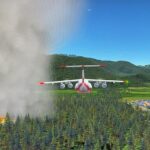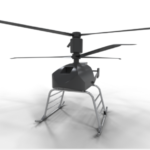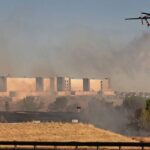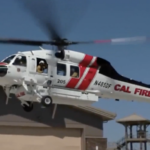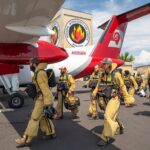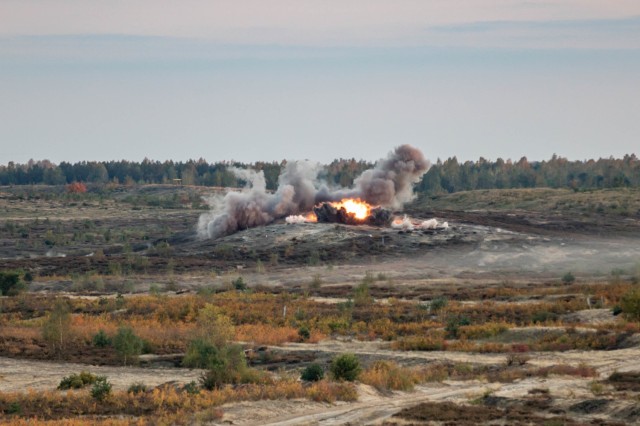
By Katie Davis Skelley, DEVCOM Aviation & Missile Center Public AffairsNovember 2, 2022
REDSTONE ARSENAL, Ala. — Less than one second.
That was how long it took for an Apache helicopter in Europe to transmit a call for fire to ground forces while operating forward of the fire line. A digital chain of messages went halfway around the world in less time than that single second.
It was a success story for the Army and for the team of engineers from the U.S. Army Combat Capabilities Development Command Aviation & Missile Center who were testing the digital exchange of fire mission data in a sensor-to-shooter mission.
What they found was that the digital path is there and it works, but digital sustainment training is vital to success. The tech has to continue to work after its initial fielding.
“This combat aviation brigade made history by being the first unit to incorporate the digital call for fire from an AH-64D Apache aircraft in a live fire exercise,” said Johnnie Johnson, project lead and Army Interoperability branch chief in the DEVCOM Aviation & Missile Center Software, Simulation, Systems Engineering and Integration Directorate. “The ability to send call for fire messages digitally lessens the possibility of human error. Prior to this capability, pilots would use voice calls over radio to call in artillery fire on a target. After years of testing this capability in the lab, it was rewarding to see the capability be implemented as part of Operation Steel Eagle.”

For Johnson, it was another day at the office — only the office was in a command center in a foreign country. But for newcomer engineer Quinton Ford, it was a novel experience. Ford was on the range when the combat aviation brigade lased the target and the field artillery regiment hit the lased targets.
“I learned that it is important to be well-versed in multiple areas,” Ford reflected. “These systems that the military uses are made up of multiple subsystems. Understanding how multiple things work helps to make troubleshooting easier.”
Ford is referring to the concept called system of systems — a collection of systems that together create more functionality. Every link must be operational or the enterprise fails. A key takeaway from the test for the team was the need for a centralized systems command to assist in resolving issues that occur.
“Interoperability between aviation and ground assets is paramount as we strategically fight our future battles,” said Miranda Oden, technical deputy for life cycle engineering at the directorate.
Johnson said that it is important to bring new engineers on these types of tests to offer a unique professional development not found in an office building.
“It helped me get a better understanding of the sacrifices the Soldiers make,” Ford agreed. “When you are behind the desk, you don’t really get to see the impact that your work makes.
“Seeing how appreciative the Soldiers were makes what we do that much more rewarding.”
The DEVCOM Aviation & Missile Center, headquartered at Redstone Arsenal, Alabama, is the Army’s research and development focal point for advanced technology in aviation and missile systems. It is part of the U.S. Army Combat Capabilities Development Command (DEVCOM), a major subordinate command of the U.S. Army Futures Command. AvMC is responsible for delivering collaborative and innovative aviation and missile capabilities for responsive and cost-effective research, development and life cycle engineering solutions, as required by the Army’s strategic priorities and support to its Cross-Functional Teams.
SOURCE: https://www.army.mil/article/261690/army_aviation_team_achieves_software_success_in_live_fire_test

